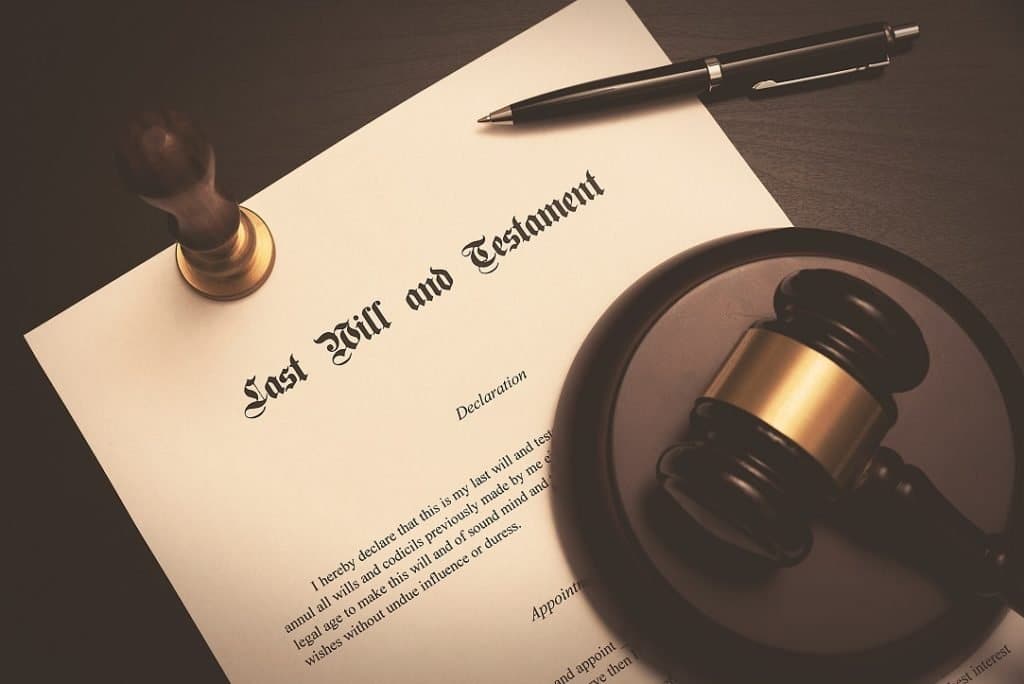Yahoo Finance’s recent article entitled “How to Change the Executor of a Will” explains that you may need to choose a new executor in the following situations:
- Your original executor dies or becomes seriously ill and can’t fulfill his or her duties;
- You named your spouse as executor but you’ve divorced;
- The individual you originally designated as executor decides he or she no longer wants the responsibility;
- You’ve had a personal falling out with your executor; and
- You think another person is better equipped to execute your will.
However, you don’t need to give a specific reason to change the executor of a will. When you’re ready to make a change, you can add a codicil to an existing will or draft a new will.
A codicil is a written amendment used to modify the terms of your will without drafting a new one. It can be used to change the executor of a will or revise any other terms as needed.
You must validate the codicil the same way you did your original will, signing and dating the codicil with the same legal formalities required for the original will.
If you’d like to change more than just the executor of your will, you might think about drafting a new will document. The new will would also need to be signed with the same legal formalities required for the original will.
You must also take the added step of destroying all copies of the original will. This is needed to avoid confusion and any possible challenges to the terms of the will after you die.
If you don’t name an executor in your will, the probate court can assign one. After you die, eligible persons can apply to become the executor of your estate. The individual the judge selects would then be able to carry out the terms of your will.
If you don’t have a will at all, then your assets would be distributed by default according to your state’s inheritance laws.
Reference: Yahoo Finance (Dec. 28, 2022) “How to Change the Executor of a Will”



